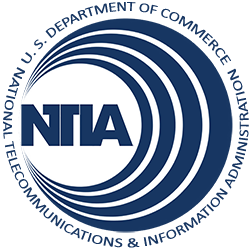Eastern Upper Peninsula Intermediate School District
Public school students in the 7th through 12th grades in the Eastern Upper Peninsula region of Michigan lack reliable access to high-speed Internet at their schools. The Eastern UP Intermediate School District proposes to increase subscribership in the Eastern Upper Peninsula region by providing 3,500 computers with supporting software to economically disadvantaged students in Chippewa, Luce, and Mackinac Counties. Under the project, qualified families would receive vouchers for discounted broadband access through local broadband provider Lighthouse after participating in a workforce and computer training program delivered in partnership with the Tri-County Economic Development Agency and Michigan WORKS! .
The project aims to foster more advanced and robust use of technology by demonstrating the educational value of computers in the home, while communicating to parents and other community members the value of using broadband to support health, finances, and occupational training.
